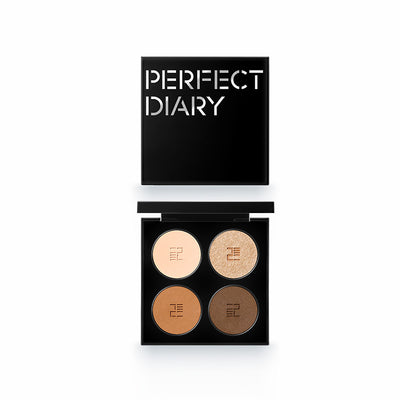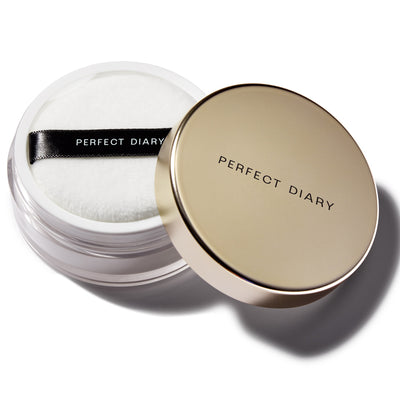Learn How to Use the Lip Blushing Color Chart & Get Better Results
You might come across a lip blushing color chart when you are going through lip pigmentation procedures. This is why, we have decided to dedicate this post to explain what are this chart and other related concepts if you are new to this new kind of lip glossing technique.
What is Lip Blushing?
Many people get lip blushing, a type of cosmetic tattooing, to add pigment to their lips. This procedure employs natural, semi-permanent pigment, which gives your lips a more natural flush of color than permanent lip tattoos. Lip blushing is a semi-permanent procedure, thus the pigments go off over time. Fortunately, it continues for two to three years. Regular touch-up visits with your artist can help the color last longer.
Things to Remember before doing Lip Blushing
Lip tattoos can be a fantastic investment that will give you more attractive, healthier-looking lips every day. However, it's crucial to comprehend a few concepts regarding lip pigmentation, especially when choosing your color tone.
Lip tattoos are made to accentuate your natural lips and provide the appearance of fuller lips. We may make your lips appear larger by employing advanced 3D makeup techniques that shade the margins and use a lighter color in the center. However, a lip tattoo won't truly make your lips fuller, so don't anticipate an entirely different appearance.
Although your new lip tattoo is intended to serve as a stunning base, this does not imply you should get rid of all of your lipsticks. Although you shouldn't use lipstick while your wound is healing, you can resume using lipstick, gloss, and balms after it has recovered. Lipstick can still be used to create unique styles, though you may need to experiment to see how your colors look over your new base color.
What is Lip Blushing Chart?
Your technician will almost certainly utilize a color chart if you don't choose your color yourself or if you're waiting for them to color-match you. A color chart is often a collection of color swatches in various colors that correspond to various skin tones and undertones. A separate color chart may be used by each technician. various brands of pigments will utilize various charts because some pigment brands have their charts. Most technicians have received training in color theory and are knowledgeable on how to handle the various charts and pigments. It is therefore never a bad idea to ask them to explain the chart they are using to you and, if necessary, assist you in finding a match.
The outcome will vary based on your skin tone's response to the pigmentation procedure as well as the base color of your natural lips. When applying permanent lip tattoos, some persons with particularly dark skin have developed a condition known as hyperpigmentation. Even if they choose a milder shade, their lips might finish up darker than they began, therefore it's crucial to completely discuss all options with your practitioner before making any judgments in this case.
You should approach this operation with as much awareness as you would any other permanent makeup. Although problems and side effects are rare, be sure to discuss any health issues or other concerns you may have with your practitioner.
Which type of Lip Blushing to get?
Apart from the selection from lip blushing color chart, we need to also know the types of pigmentation. There are two types of pigment available for lip tattooing: synthetic organic-based and mineral non-organic (iron oxide). Mineral-based, non-organic color fades more quickly and does not persist as long. Synthetic organic pigment provides brilliant hues, is water-based so it is easier to implant, and stays in the skin for a longer period. Organic hues tend to be bolder and more vibrant than inorganic hues. That they are frequently used as lip paints makes sense. Iron and oxygen make up inorganic pigments, which are carbon-free. The iron component is extremely stable, toxic-free, and inert. Because of this, many tattoo artists favor synthetic organic colors when tattooing lips.
Organic pigments often have strong coloring capabilities and are bright, pure, light, and thin. Dry ground minerals are frequently used as inorganic pigments. They have metals and are frequently opaque, whereas the majority of organic pigments are thought to be transparent. Organic pigments have been used for ages and come from natural sources. However, synthetic organic pigments or inorganic pigments are currently the most widely used pigments. Petrochemicals such as coal tars and others are used to make synthetic organic colors.
if you are looking for a look that doesn't involve permanent pigmentation and lip blushing color charts, then we recommend using the Tea Extract Glistening Glossy Lip Stain from Perfect Diary, which packs “Glistening” glossy lip stain with a new dewy texture, super moisturizing, super glossy, & super pigmented, to deliver transparent, moisture-replenishing lips.





















